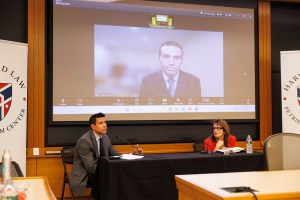Science & Tech
-

Harsh past might bare its teeth
Early adversity leads to higher aggression and fearfulness in adult canines, study says

-

What will AI mean for humanity?
Scholars from range of disciplines see red flags, possibilities ahead
-

‘Human exceptionalism is at the root of the ecological crisis’
Saving the planet requires getting over ourselves, argues author of ‘The Arrogant Ape’
-
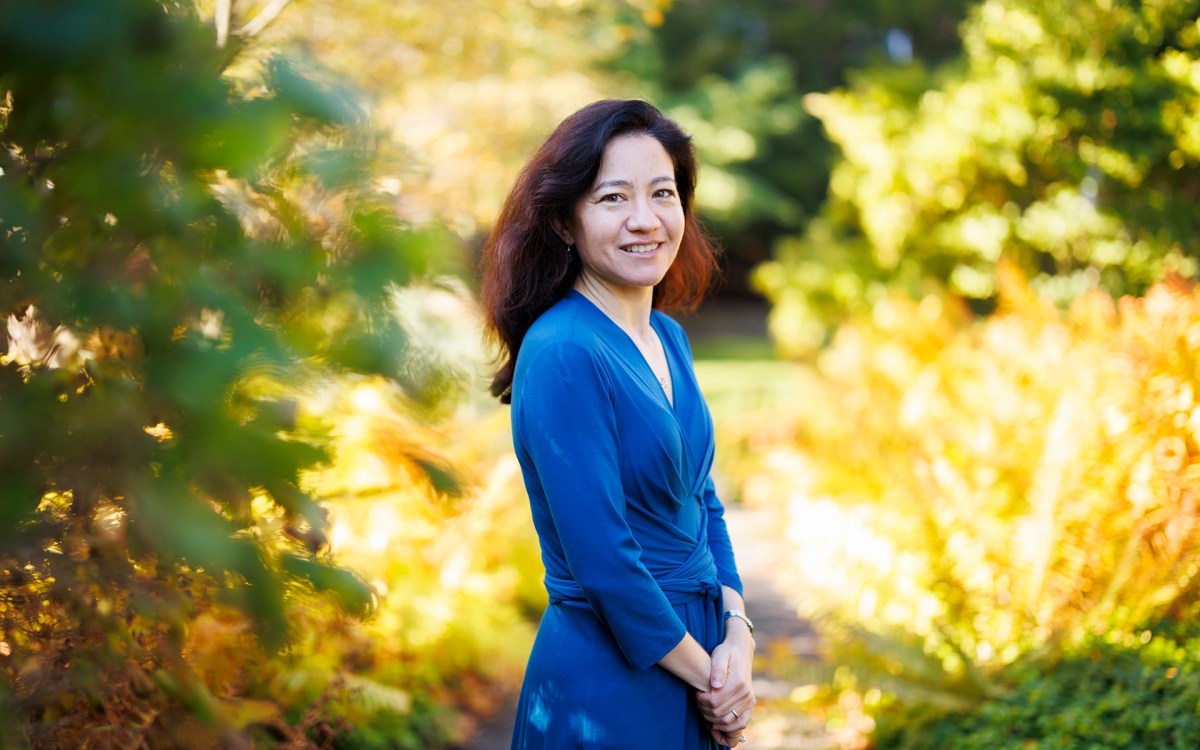
Lauren Williams awarded MacArthur ‘genius grant’
Math professor honored for theoretical breakthroughs with sometimes surprising applications across phenomena such as tsunamis, traffic
-
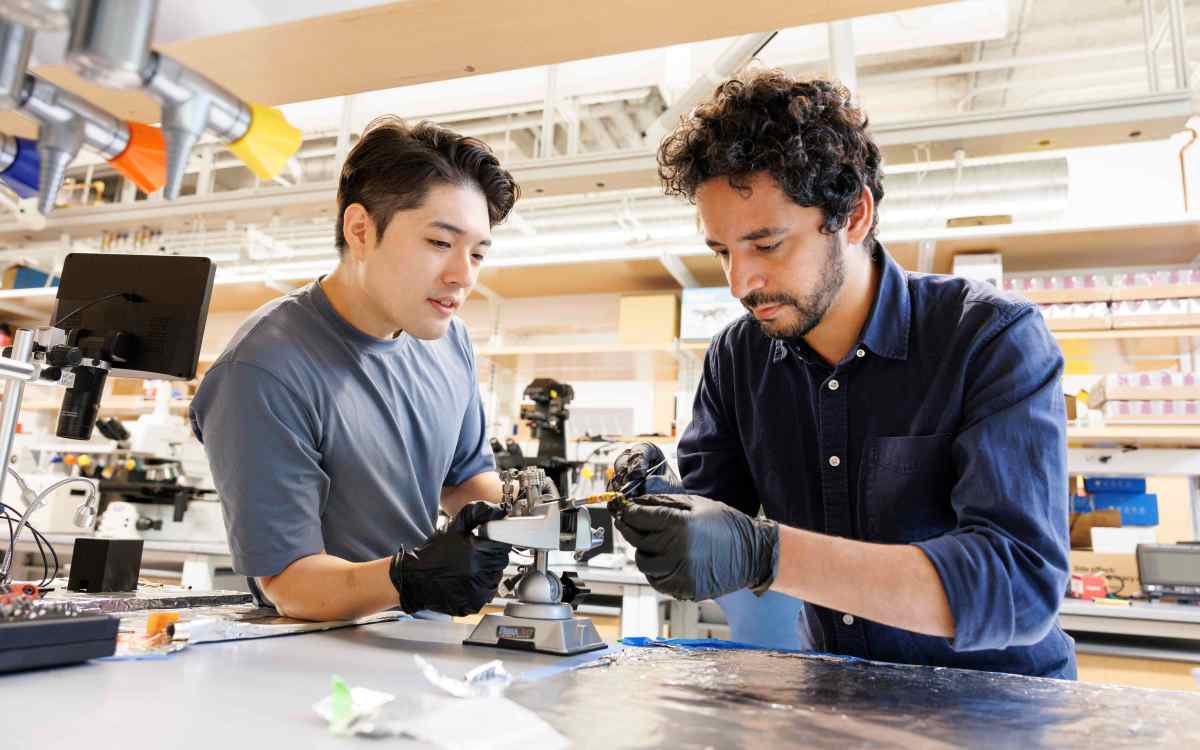
-
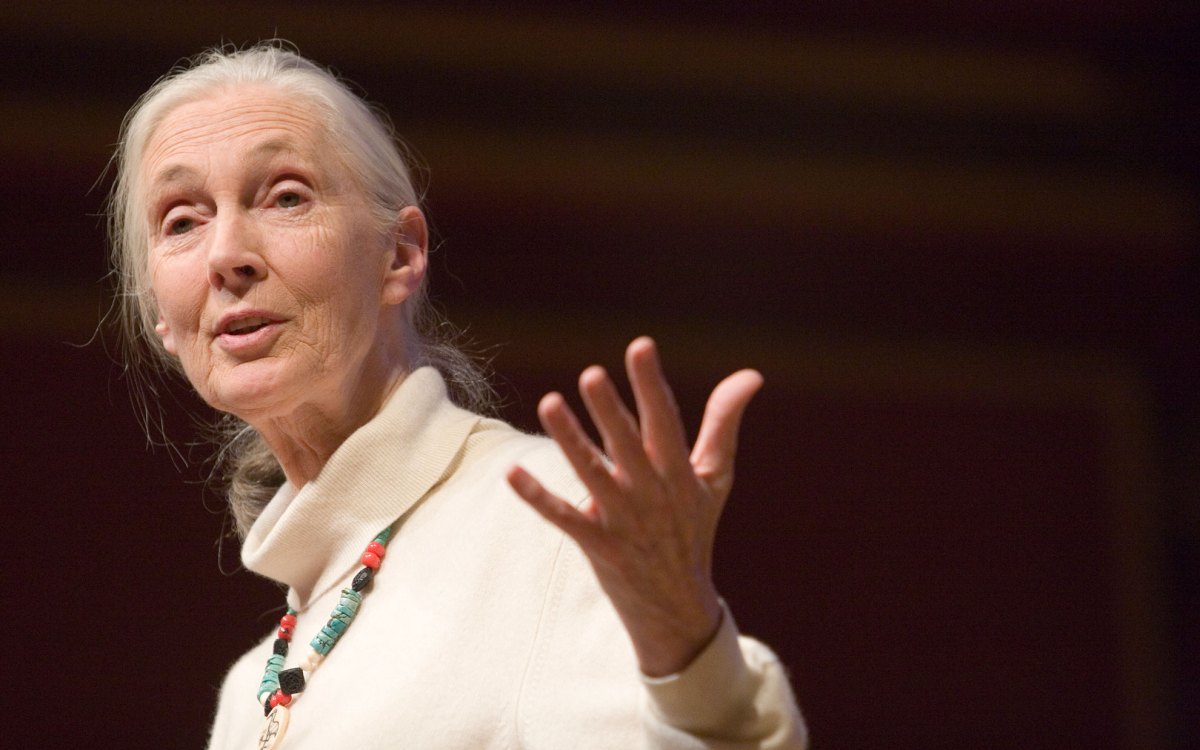
‘She had a sense of caring for everybody that she encountered.’
Richard Wrangham remembers his teacher and colleague Jane Goodall as a force of science, empathy, and hope
-
Dirty deeds, deconstructed
New studies co-authored by Harvard Business School Professor Francesca Gino find that, contrary to decades of accepted wisdom, cheating feels good.

-
The teaching launch
A new study found that middle school teachers can have a real impact not only on students’ short-term educations, but on whether they attend college and on the size of their future paychecks.
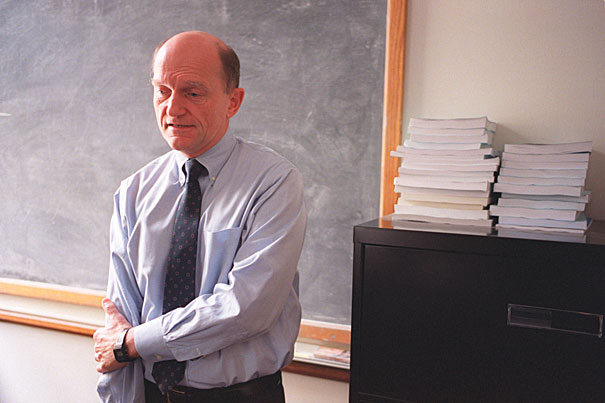
-
National parks face dangerous foe
Thirty-eight of the United States’ national parks are experiencing “accidental fertilization” at or above a critical threshold for ecological damage, according to a study led by Harvard University researchers and published in the journal Atmospheric Chemistry and Physics.
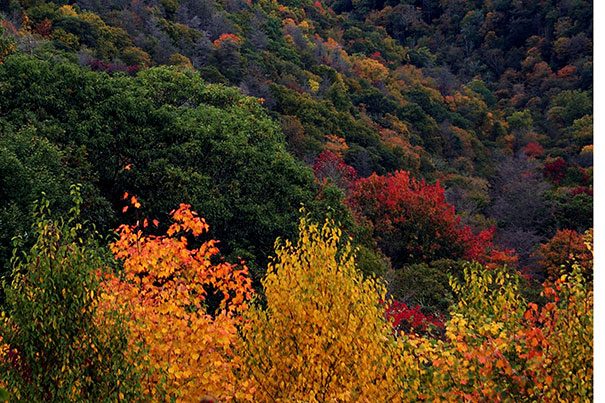
-
What’s in a face?
Using scans of the brain, Harvard researchers show that patterns of neural activity change when people look at black and white faces, and male and female faces.
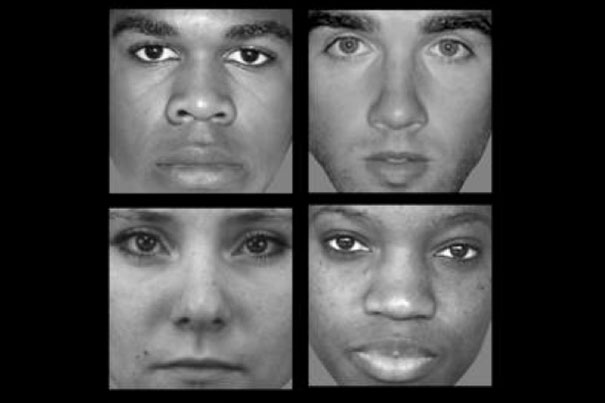
-
Putting a price on nature
An unusual collaboration between the Nature Conservancy and Dow Chemical Co. led to their receiving the Roy Family Award for Environmental Partnership.

-
The search for other Earths
Scientists at the Harvard-Smithsonian Center for Astrophysics are drafting the target list for NASA’s next planet-finding telescope, the orbiting Transiting Exoplanet Survey Satellite, or TESS, which will search the Earth’s galactic neighborhood for planets that might support life.
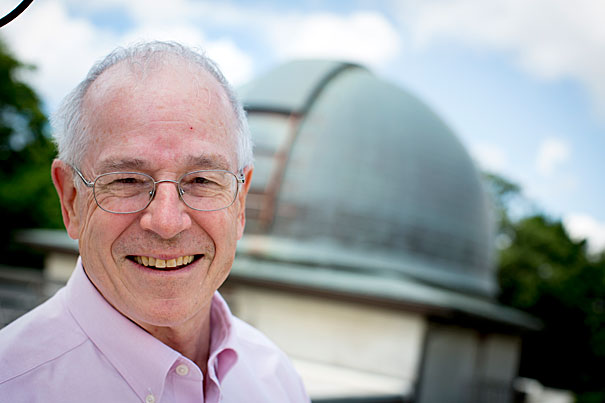
-
A theory rewarded
Following the announcement of the 2013 Nobel Prize in physics, Harvard faculty who participated in the search for the Higgs boson said they were honored to have played a role in the discovery of the particle that proved theoretical predictions correct.
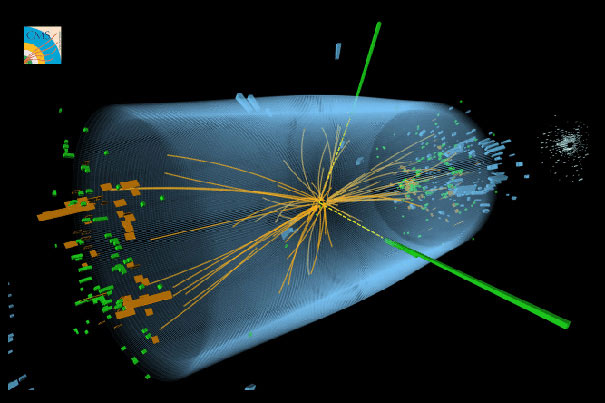
-
Robots to the rescue
The Second Annual Northeast Robotics Colloquium highlighted Harvard’s work on the next generation of robotics.
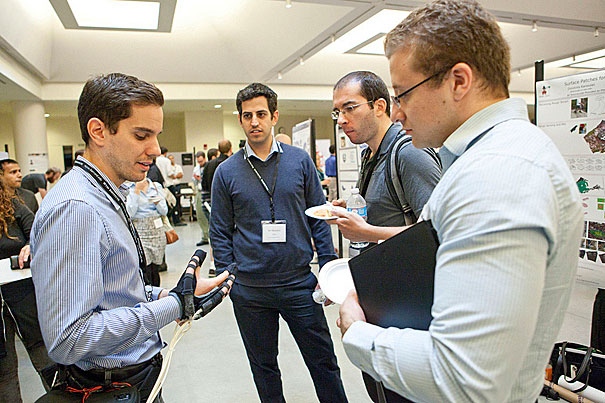
-
Galileo’s reach
Some four centuries after Galileo observed spots on the surface of the sun, historians, musicians and actors came together at Harvard on Oct. 4 for an all-day conference to celebrate his discovery.
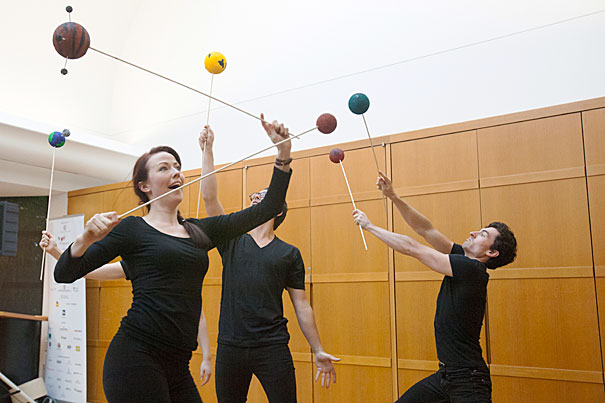
-
The Himalayas’ amazing biodiversity
Can science and art join forces to conserve one of the world’s richest natural areas? UMass Boston biology professor Kamal Bawa and photographer Sandesh Kadur, a National Geographic emerging explorer, have joined forces to create a richly illustrated, scientifically accurate account of biodiversity in the Himalayas.
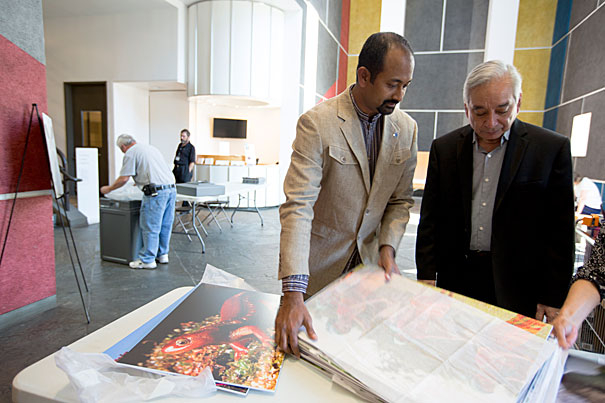
-
Fresh hopes on climate change
A top U.N. climate official said doom and gloom on the issue is just part of the story and that there are many innovative programs and products that provide reasons for hope.
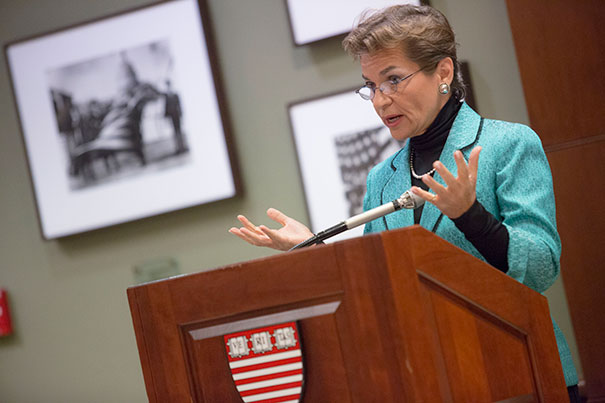
-
Seeing light in a new way
Working with colleagues at the Harvard-MIT Center for Ultracold Atoms, Professor of Physics Mikhail Lukin and post-doctoral fellow Ofer Firstenberg have managed to coax photons into binding together to form molecules — a state of matter that, until recently, had been purely theoretical.

-
Following the missteps of giants
Blunders by otherwise great scientists took center stage at the Barker Center on Sept. 25 when a faculty panel posed questions to Hubble Space Telescope Science Institute Senior Astrophysicist Mario Livio about his latest book on the subject.
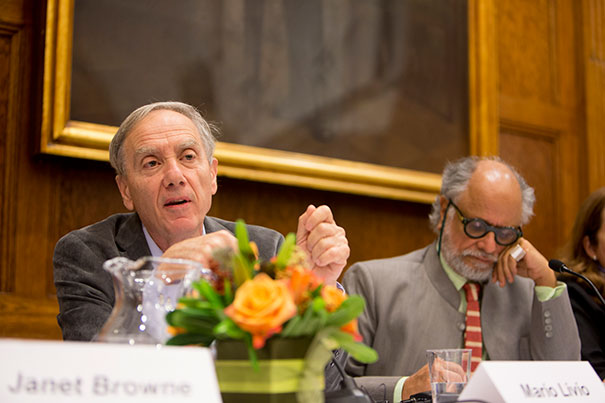
-
The watchword is innovation
Innovation, whether it’s large, small, solo, or institutional, is an increasingly important part of Harvard, a university working to maintain its clearly defined sense of self and at the same time evolve to meet future needs.
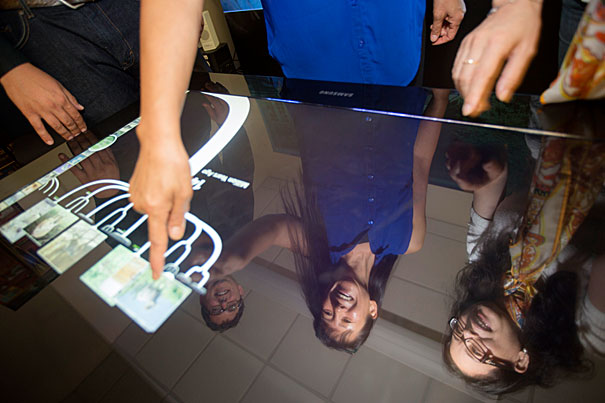
-
Where students own their education
The class Applied Physics 50 is grounded in a teaching philosophy that banishes lectures and encourages hands-on exploration, presenting a collection of best practices gleaned from decades of teaching experience and studious visits to college physics classrooms nationwide.

-
Bright lights, big impact
Harvard’s facility managers are working to improve energy systems and performance in their buildings. Their efforts, which include installing better equipment, are focused on ensuring that buildings operate as efficiently as possible.

-
The bees’ needs
Harvard groups support hives, conduct research, and sample honey.
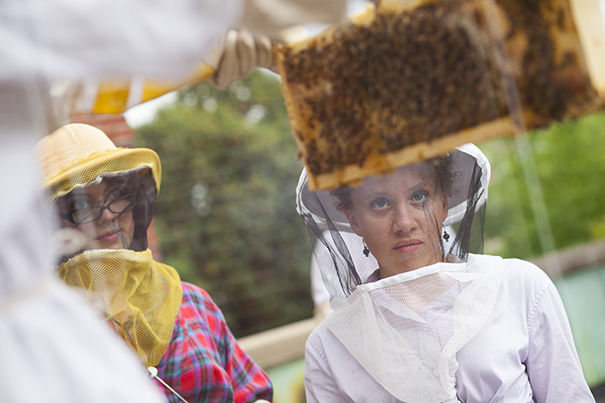
-
‘Chasing Ice,’ and searching for solutions
A screening of the film “Chasing Ice” brought Harvard experts together to discuss innovations in monitoring the glaciers’ retreat and how America can tap its own energy sources.
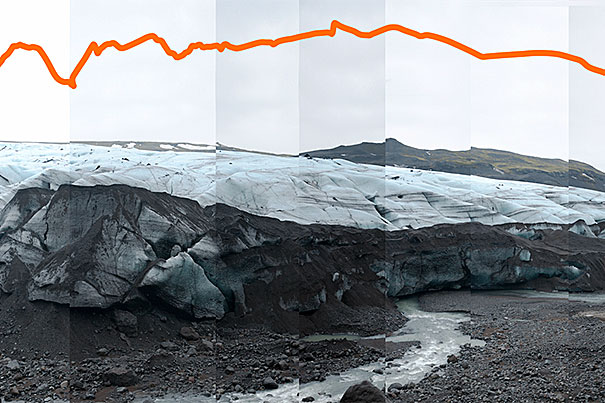
-
A higher plane
Research by scientists in Elizabeth Spelke’s lab suggests our innate understanding of abstract geometry has origins in the evolutionary past.

-
Advancing science and technology
The National Science Foundation is awarding grants to create three new science and technology centers this year, with two of them based in Cambridge. The two multi-institutional grants total $45 million over five years.

-
Dawn of a revolution
When Bill Gates came to Harvard as a student, he was known for his myriad interests and unconventional study habits. And then there was his endless fascination with computers, Walter Isaacson writes.

-
Big problems, small solutions
Author and activist Bill McKibben ’82 visited Harvard with a message: In the face of catastrophic climate change, it’s time for overt and energetic civil action.

-
The building blocks of planets
Harvard’s Matt Holman, a lecturer on astrophysics, and his collaborators at the Southwest Research Institute in Colorado are piggybacking their research onto a NASA spaceship that is racing to the farthest edges of the solar system to study objects in the far-flung Kuiper Belt.

-
Forks, knives, beakers
New York Times columnist Harold McGee and chef Dave Arnold introduced this year’s “Science and Cooking” public lecture series, which runs through December.
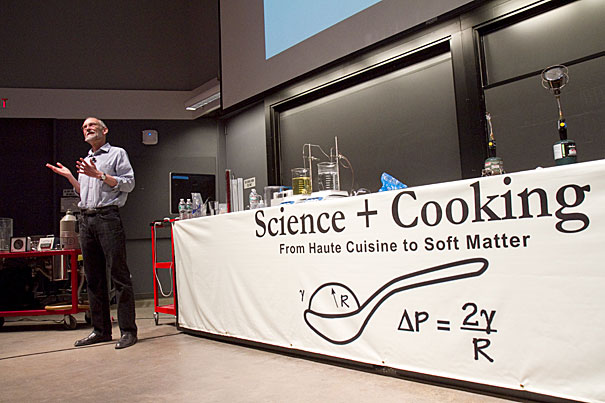
-
Study shows female physicians paid less
A Harvard study provided strong evidence that female physicians are underpaid compared to their male counterparts.
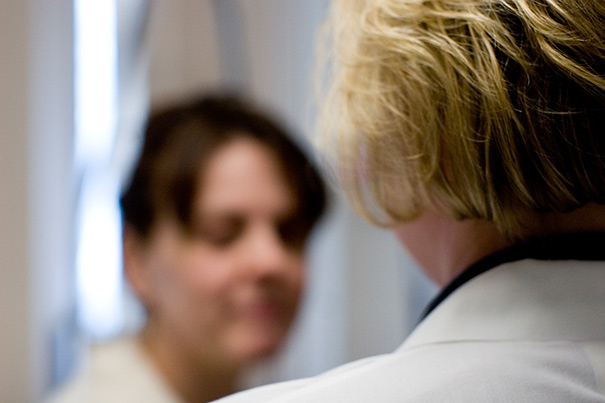
-
Biases that can blind us
Psychology Professor Mahzarin Banaji gave incoming members of Harvard’s Class of 2017 a tour of their own biases, helping to raise awareness that can help them avoid making decisions based on unconscious preferences.
-
Pinched minds
The accumulation of money woes and day-to-day anxiety leaves many low-income individuals not only struggling financially, but cognitively, says Harvard economist Sendhil Mullainathan. In a study featured in Science, he reports that the “cognitive deficit” caused by poverty translates into as many as 10 IQ points.
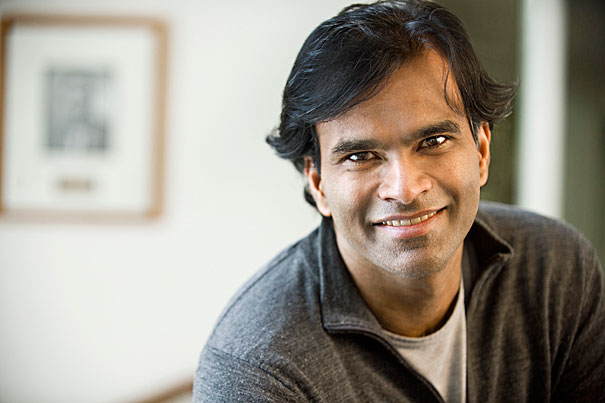
-
Hack attacks, explained
In a question-and-answer session, Jonathan Zittrain, co-founder of the Berkman Center for Internet & Society, explains the latest hack attacks on major news media outlets.

-
Transparent artificial muscle plays music
Using a gel-based audio speaker, Harvard researchers have shown that electrical charges carried by ions, rather than electrons, can be put to meaningful use in fast-moving, high-voltage devices.

-
Wildfires projected to worsen with climate change
A Harvard model predicts that by 2050, wildfire seasons will be three weeks longer, up to twice as smoky, and will burn a wider area in the western United States.



